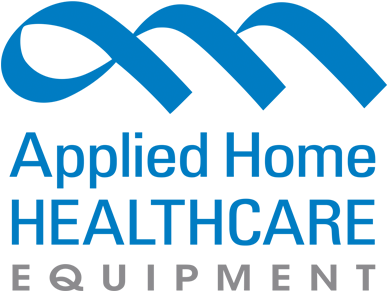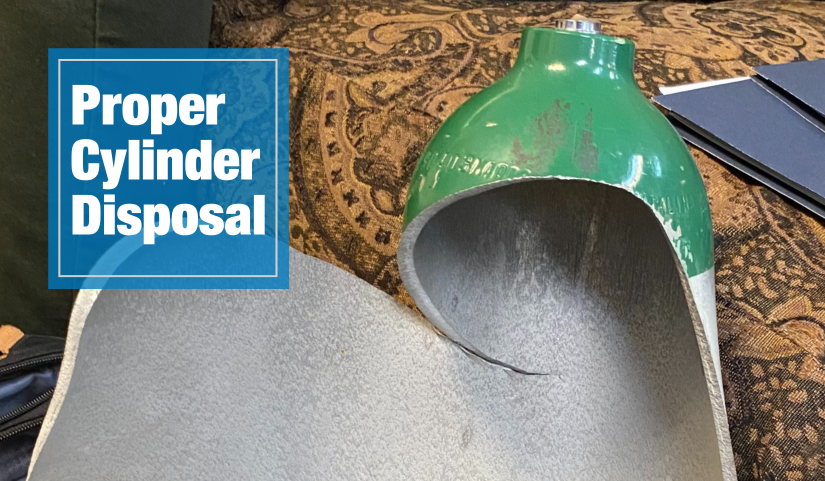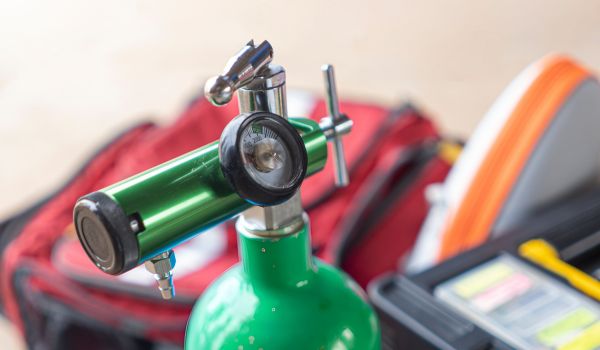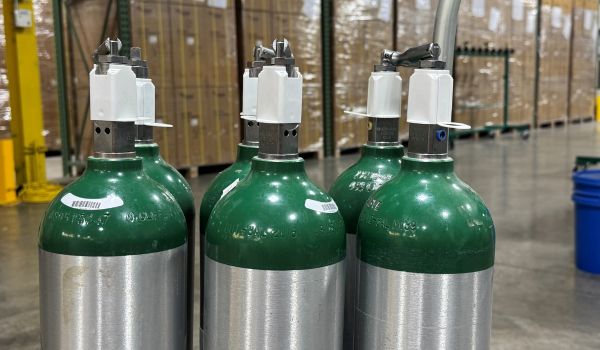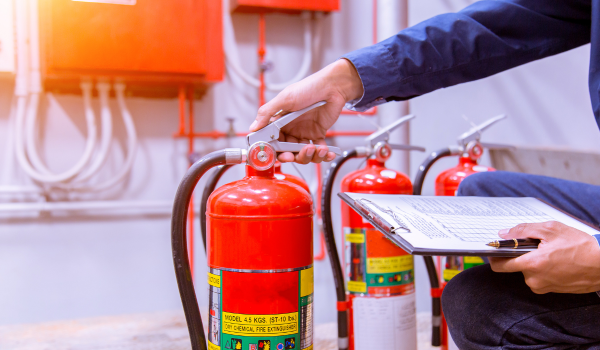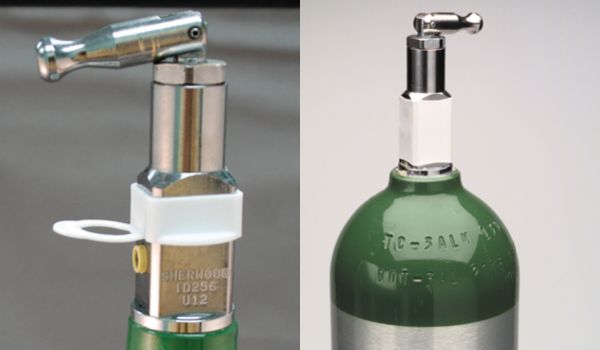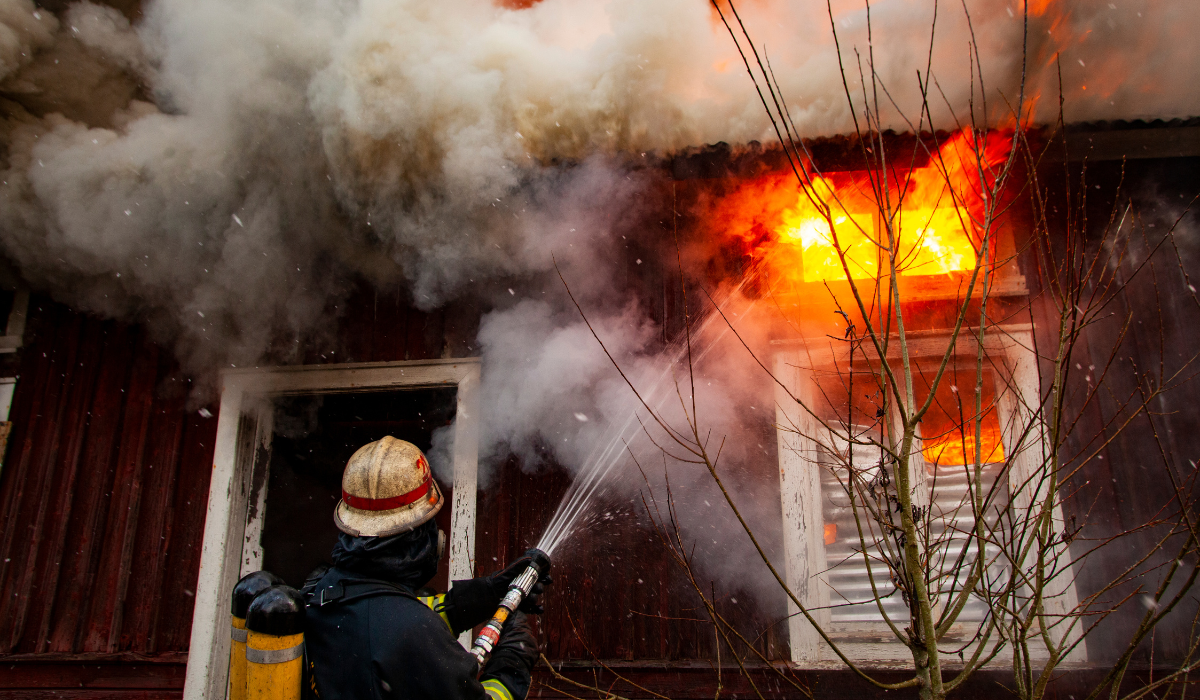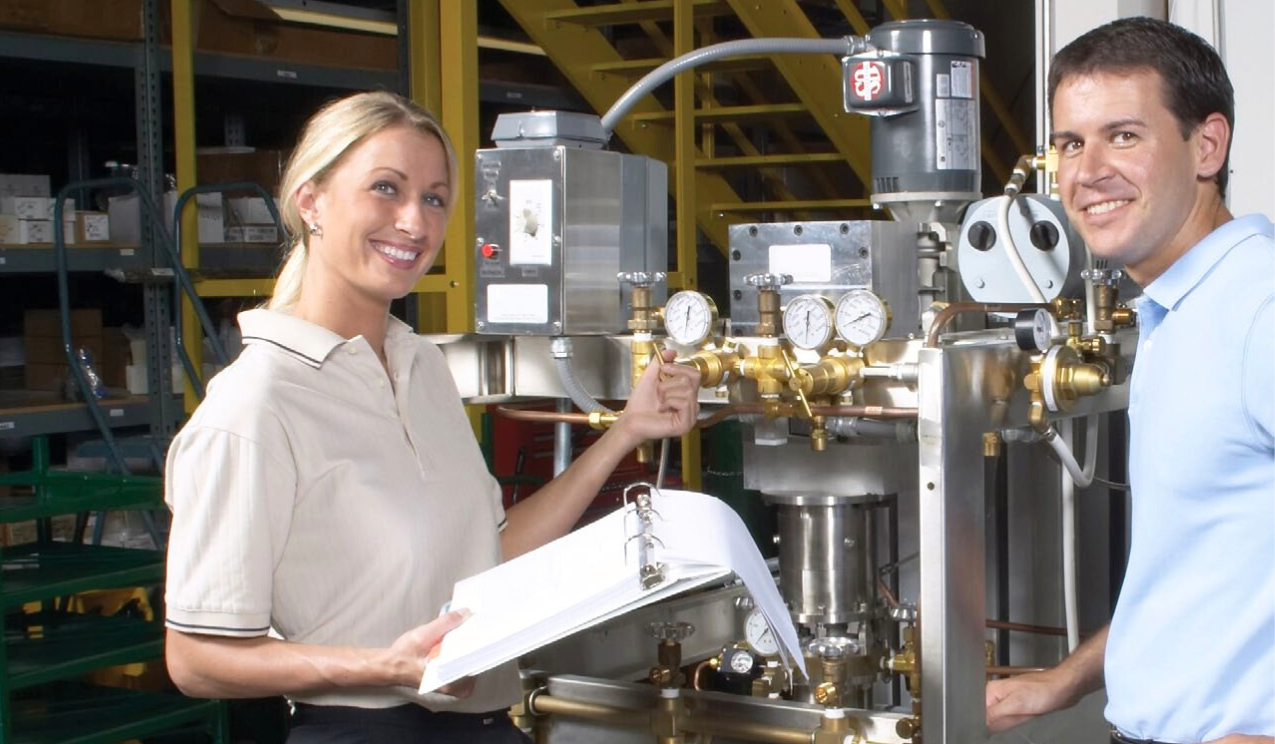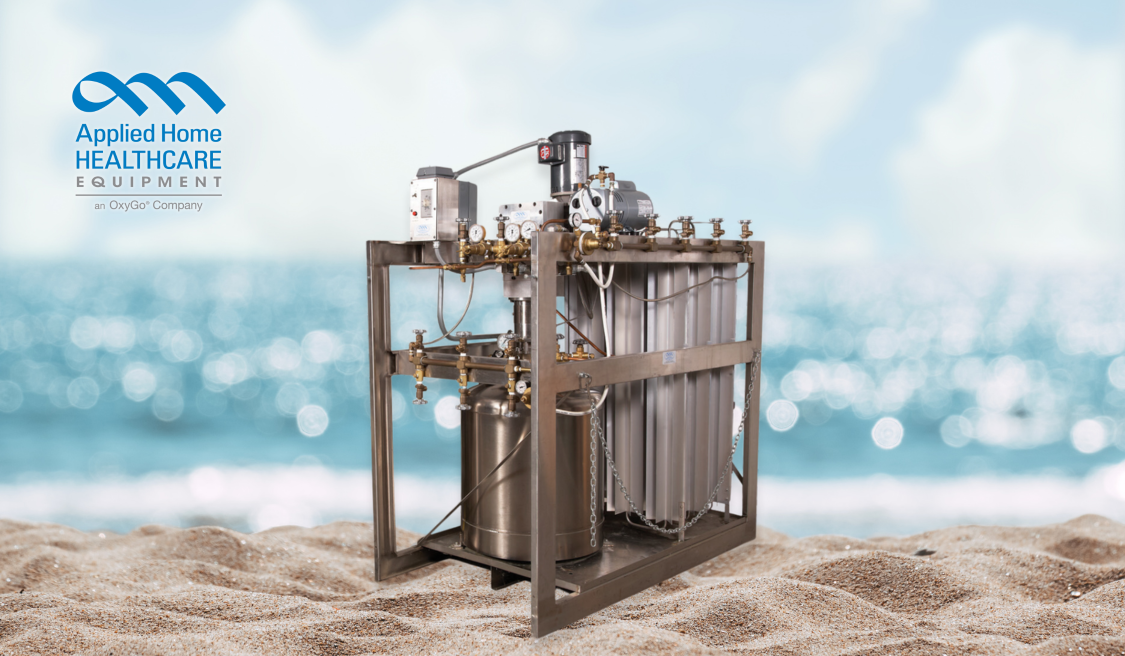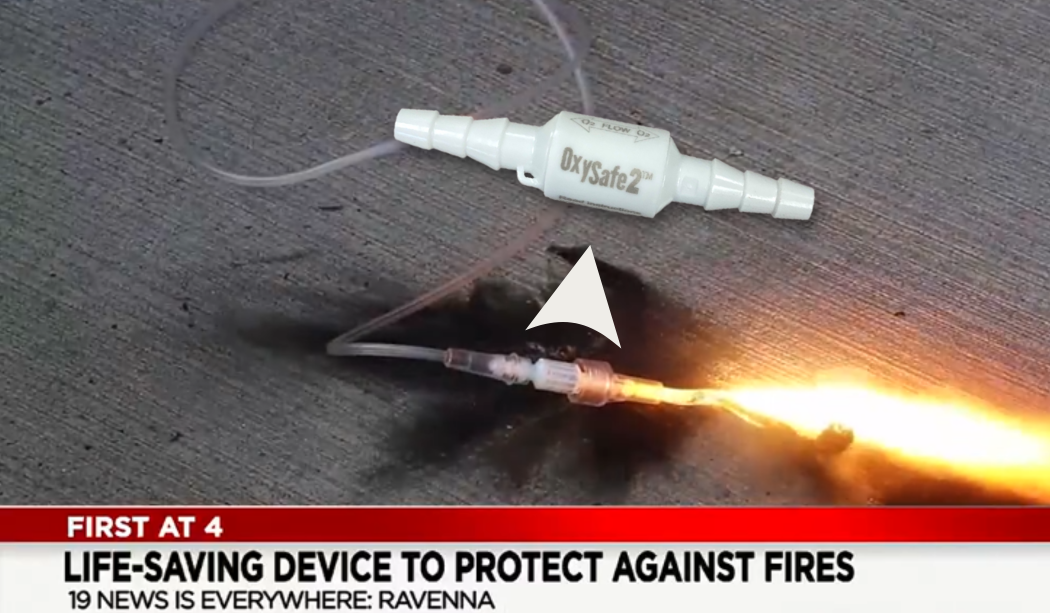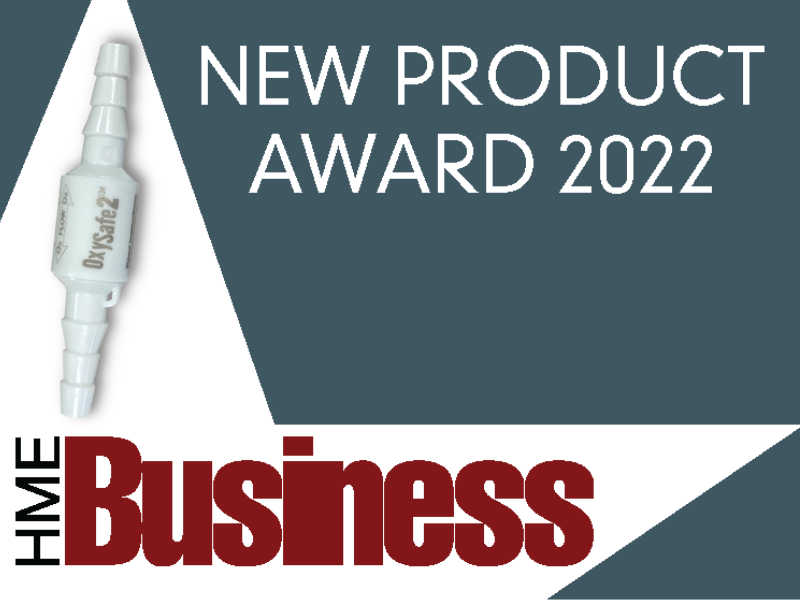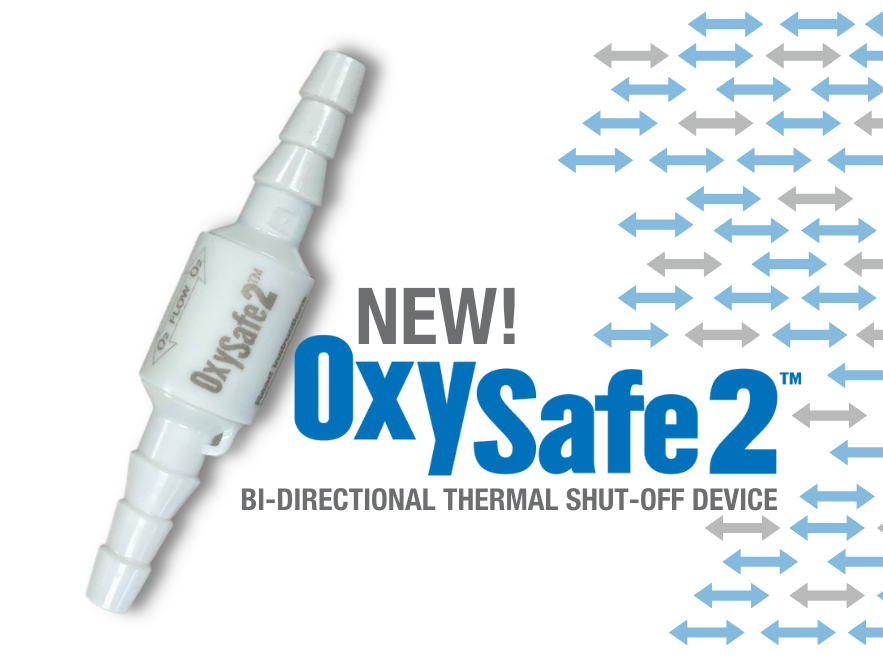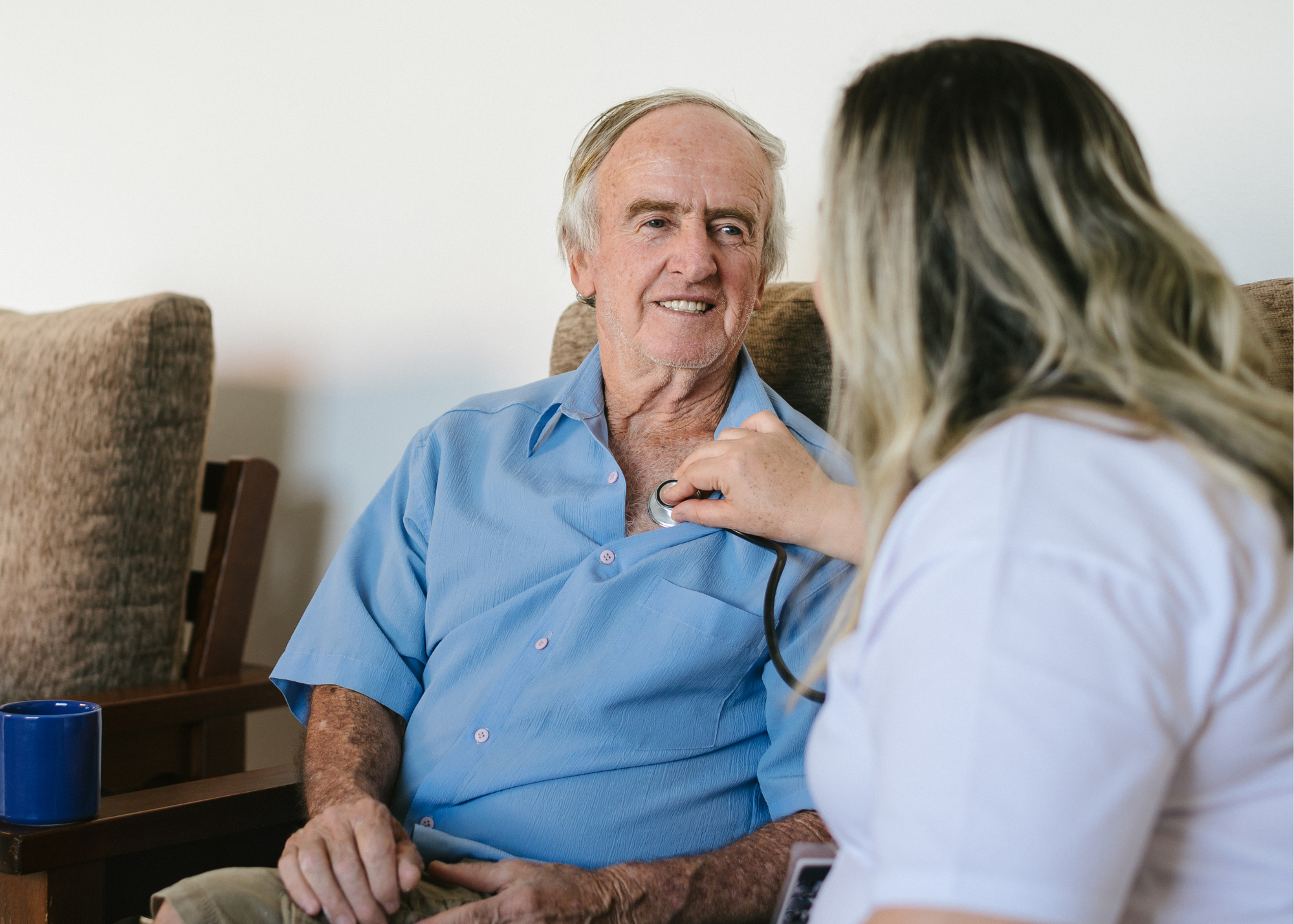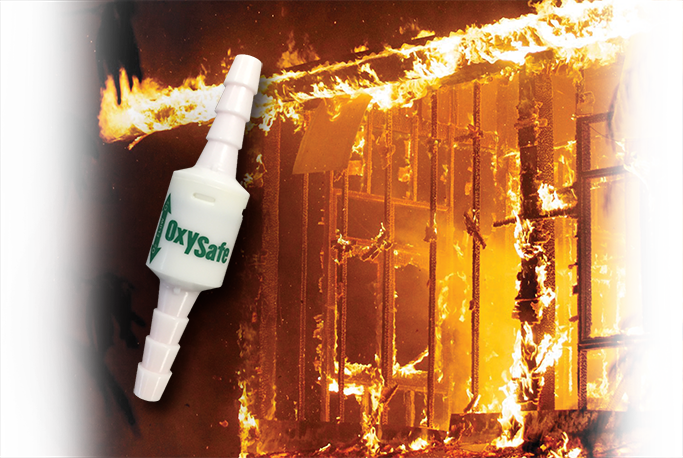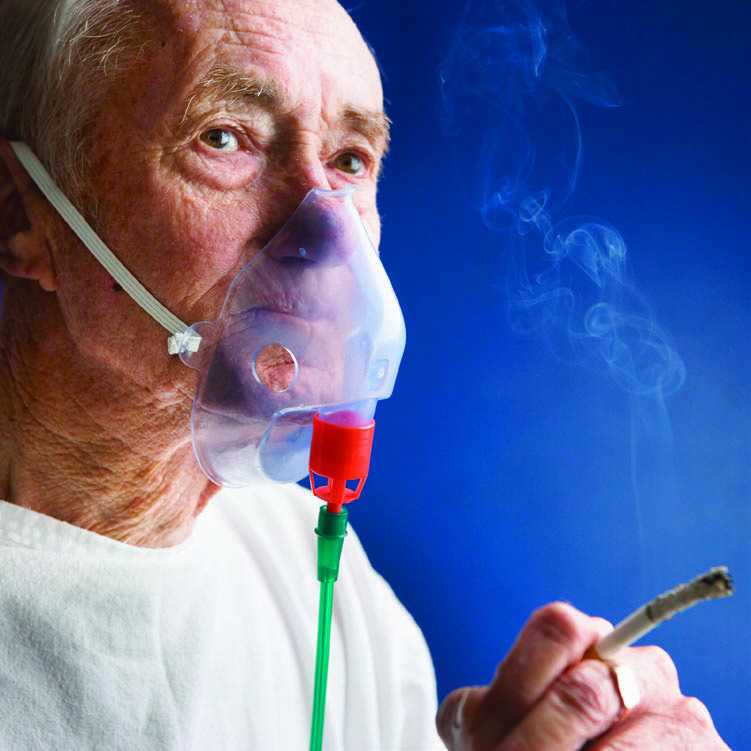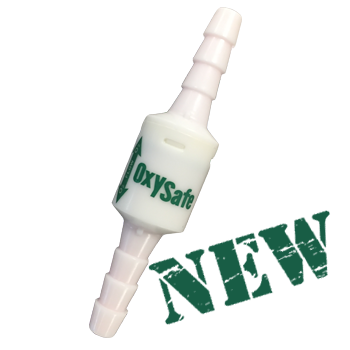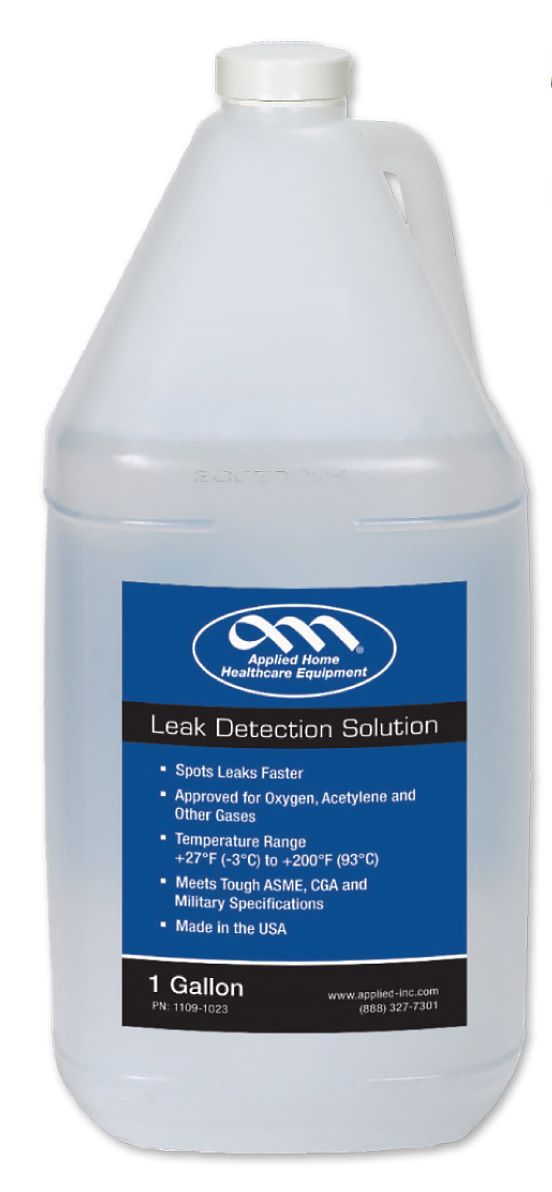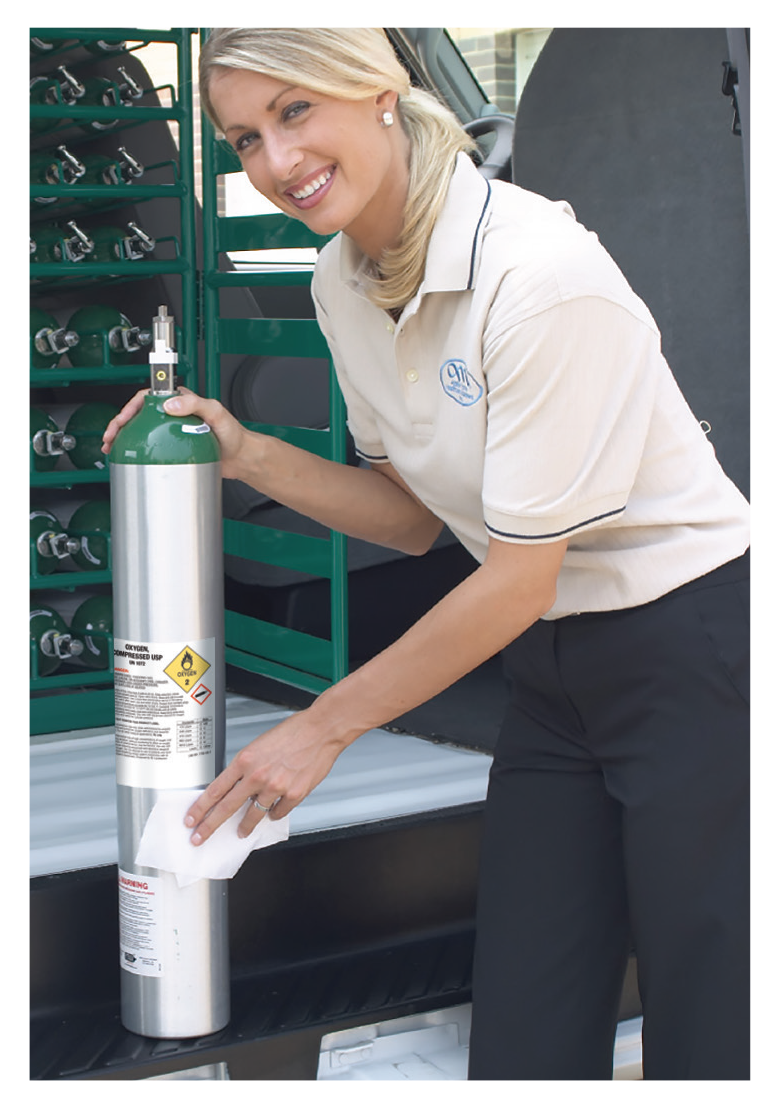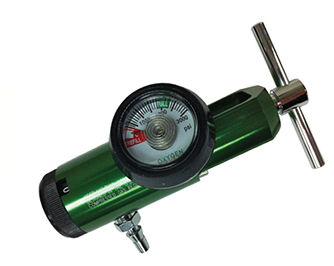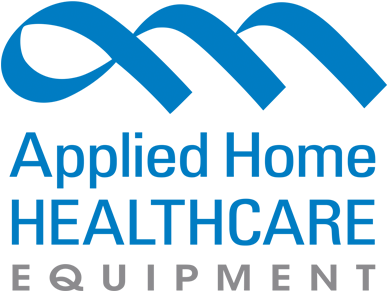Posted By Regan Haas
May 08, 2025
Category: Cylinder, Medical Oxygen, Oxygen Tank, Oxygen Safety, Proper Disposal
When an oxygen tank reaches the end of its life, proper disposal isn't just about clearing out storage space, it's about staying safe and compliant. Whether you're running a transfill operation, servicing home oxygen patients, or managing medical equipment, it's important to know how to identify when a tank should be taken out of service and what to do
Posted By Kate Wildenthaler
October 10, 2024
Category: Valve Seals, Oxygen Tank Seals, Plastic Valve Seals, Wet Band Seals, Oxygen Safety, Oxygen Tank Maintenance
Learn how valve seals protect oxygen tanks from dust and dirt and discover the differences between plastic seals and wet bands for better
Posted By Kate Wildenthaler
October 04, 2024
Category: Oxygen Cylinder Cleaning, Hurricane Helene, CGA P 83, Oxygen Safety, DOT Update, Contaminated Cylinders
Learn how to safely clean contaminated oxygen cylinders after Hurricane Helene using approved methods and avoid harmful cleaning
Posted By Kate Wildenthaler
September 26, 2024
Category: Oxygen Safety, Fall Fire Safety, Oxygen Users, Fire Prevention, Oxygen Tank Storage, Oxygen Firebreak
Stay safe this fall with essential fire safety tips for oxygen users and workers, from no-smoking policies to proper oxygen
Posted By Kate Wildenthaler
September 17, 2024
Category: Valve Seals, Oxygen Tank Seals, Plastic Valve Seals, Wet Band Seals, Oxygen Safety, Oxygen Tank Maintenance
Learn how valve seals protect oxygen tanks from dust and dirt, and discover the differences between plastic seals and wet bands for better
Posted By Regan Haas
July 15, 2024
Category: OxySafe2, Thermal Fuse, Fire Break, Fire Safety, Oxygen Safety, Oxygen Therapy
When it comes to fire safety, the role of oxygen is often one of the most misunderstood aspects. Oxygen itself isn't flammable, yet it plays a crucial role in the combustion process, making it a significant factor in fire hazards. Let's discuss how oxygen can increase fire intensity and burn rate, and highlight the importance of safety devices like our
Posted By Regan Haas
June 26, 2024
Category: FDA, Compliance, CARES Act, Drug Reporting, Transfilling, Oxygen Safety
The July 31st recommended deadline for 2024 CARES Act Drug Reporting is approaching fast. Here's what you need to know to stay compliant for 2024 and
Posted By Regan Haas
June 03, 2024
Category: Transfill, Summer, Liquid To Gas, Oxygen Safety
Temperatures are rising, and you may notice some differences in the performance of your liquid-to-gas transfilling system. While not everyone will experience these changes due to variations in geography and local or building conditions, we want to ensure you have the best practices to maintain efficient and effective transfilling
Posted By Regan Haas
April 26, 2024
Category: Thermal Fuse, Firebreak, OxySafe, Oxygen Safety, Fire Safety, Oxygen
A low-cost thermal fuse device is being championed by Ohio fire authorities as a potential life-saver that could also prevent severe property damage from fires. The device is part of an initiative by the state's fire marshal to decrease the incidence of fatal fires, particularly those caused by individuals smoking while using oxygen
Posted By Laura Frederick
October 25, 2022
Category: OxySafe2, HME Business, New Product Award, Oxygen Safety
OxySafe2 wins HME Business New Product Award for Respiratory In-Home Equipment, offering two-way protection against oxygen fires. Learn
Posted By Laura Frederick
August 29, 2021
Category: Oxygen Safety
FAQ: Including How to Clean OxySafe, OxySafe Use With A Humidifier, OxySafe Replacement and OxySafe and Pooling.
Posted By Laura Frederick
August 18, 2021
Category: OxySafe, OxySafe2, Thermal Shut Off, Oxygen Safety, Medical Oxygen
Westlake, OH – August 18, 2021 – Applied Home Healthcare Equipment, a long-trusted resource for oxygen filling, technical and regulatory support for DME and HME providers, has announced the release of their newest model of their popular thermal shut-off device OxySafe2™.
The new version provides two directional protection against oxygen fires caused by patients smoking, using candles, stove-top ranges or other open flames while receiving oxygen therapy. Such fires are particularly prevalent in situations where oxygen therapy is provided in the home environment where there is limited patient supervision, though it may occur in environments like healthcare facilities and nursing homes.
Jim Christ General Manager of Applied Home Healthcare Equipment said “OxySafe has always been an important and reliable device for our providers who want to protect their patients from the dangers of home oxygen fires. We are excited to introduce this product line improvement to the OxySafe in order to help in the mitigation of oxygen fires.”
OxySafe2 is a thermal fuse designed to stop the flow of gas in the event that the downstream cannula or supply tube is ignited, and will meet VA, ISO and other regulatory requirements. With OxySafe2, the PVC tube is inclined to extinguish because PVC will not normally burn in air—offering healthcare providers a cost-effective solution to lower the risk of serious patient injury in a dangerous oxyg
Posted By Carmella Arroyo
April 20, 2021
Category: Oxygen Safety, Oxygen Equipment, At Home, Safety Training, Oxysafe
Oxygen is very safe to have in the home, as long as these guidelines are followed. Are the following 16 tips included in your oxygen safety training for your
Posted By Carmella Arroyo
April 07, 2021
Category: Oxysafe, Thermal Shut Off Device, Oxygen Safety, Medical Oxygen, DME, HME
OxySafe™ is a thermal fuse designed to stop the flow of gas in the event that the downstream cannula or supply tube is ignited, and will meet VA, ISO and other regulatory
Posted By Laura Frederick
September 24, 2018
Category: Oxygen Safety
As a reminder, in March 2018, the Veterans Health Administration issued a Patient Safety Alert mandating the use of thermal shut-off devices (also known as firebreaks, fire stop valves or fire safety valves) in all of its home oxygen patients’ installations. The VHA will be incorporating new requirements into all DME contracts for home oxygen.
KEY POINTS OF THE PATIENT SAFETY ALERT
The VA’s Patient Safety Alert requires that thermal fuses (firebreaks) are fitted to all home oxygen patients’ installations—unless there is a clinical reason for not doing so.
The Patient Safety Alert applies to all patients, not just those deemed to be at ‘high risk’.
Two thermal shut-off devices must be fitted on each patient installation. In other words, where a patient uses both stationary and portable oxygen, two thermal fuses must be fitted on the stationary oxygen source and two on the portable source.
In the case of portable devices, the requirement only applies to those with a continuous flow.
Following the Patient Safety Alert, all DME providers will be responsible to report home oxygen fires to the local VA medical center and must provide specific information about the fire.
Any unidirectional thermal fuses must be replaced with bidirectional versions at the next scheduled visit or sooner (unless the unidirectional is designed so it cannot be fitted in the wrong orientation, if it has a thread or bayonet for e
Posted By Laura Frederick
June 13, 2016
Category: Oxygen Safety
PRESS RELEASE: FOR IMMEDIATE RELEASE
June 13, 2016
NEW EASY-TO-INSTALL OXYSAFE TWO DIRECTIONAL THERMAL FUSE AVAILABLE NOW TO HELP PREVENT OXYGEN FIRES CAUSED BY SMOKING
OxySafe™ now offers a new installation step-saving bi-directional thermal fuse to help prevent oxygen fires caused by patients smoking while receiving oxygen therapy. It provides two directional protection against oxygen fires caused by patients smoking, using candles, stove-top ranges or other open flames while receiving oxygen therapy. Such fires are particularly prevalent in situations where oxygen therapy is provided in the home environment where there is limited patient supervision, though it may occur in environments like healthcare facilities and nursing homes too.
OxySafe™ director of sales Jon Schultz noted that some studies have estimated 39% of COPD patients continue to smoke while on oxygen. He said that OxySafe’s new bi-directional thermal fuse saves time and effort in set-up.
“It really is a convenience for the customer that eliminates the need to check to see that the arrow is pointing the correct way during installation,” said Schultz.
“One less step may not sound like a lot, but it’s a huge benefit to the end user that saves installation time and enhances accuracy,” he continued.
Easy-to-install thermal fuses such as the OxySafe™ are gaining in popularity as a way to combat home oxygen fires, especially by vet
Posted By Kristen Cifranic
March 08, 2016
Category: Oxygen Safety, Training Education
During my career I lost two patients because they both were smoking cigarettes while on oxygen. The first patient actually was in his living room with his wife and visitors. He was a retired plumber and was very familiar with oxygen and its properties. He chose to smoke with his nasal cannula in place, something that he had done many times previously. But luck only lasts so long. The witnesses stated all they could remember was seeing flames coming from his mouth and
Posted By Kristen Cifranic
June 10, 2015
Category: Oxygen Safety, Regulatory Compliance
The FDA requires 2 leak tests during the fill process, one while the cylinder is filling and another on the cylinder after they have been filled. This test must be done on every cylinder, to ensure that the contents of the cylinder is not leaking out, and that the patient will receive the full contents of the
Posted By Kristen Cifranic
April 28, 2015
Category: Oxygen Safety, Equipment
Learn proper oxygen cleaning procedures to ensure equipment safety, prevent contamination, and meet industry standards for oxygen
Posted By Kristen Cifranic
February 20, 2015
Category: Oxygen Safety
Ensure safety and quality when buying medical oxygen regulators. Learn why dependable regulators are vital for patient care and provider
 View Cart []
View Cart []